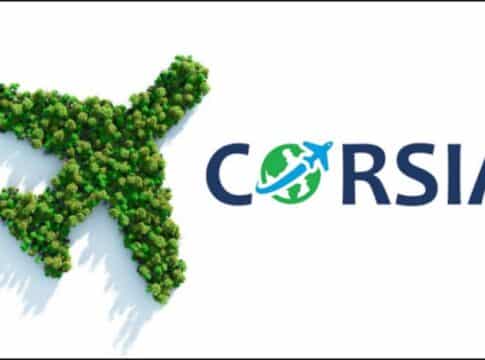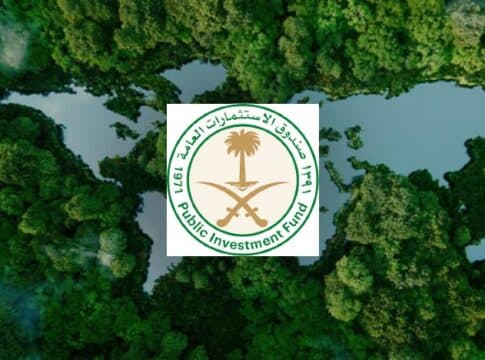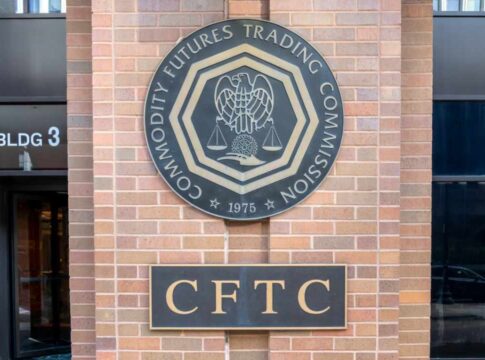What is CORSIA? All the Important Things You Must Know
Among the human-induced carbon footprint by sector, aviation accounts for the least emissions – 2%. It’s less than the shipping sector (3%), cement production (4%), and the iron and steel industry (5%).
Energy industries that generate power or electricity have always been the largest emitter.
But as demand for flights grows, so does aviation’s emissions. This is why all segments of the sector, from manufacturers to airports and airline companies, are working hard to reduce their emissions.
Unfortunately, emissions from international flights are not part of the international climate mechanism established by the United Nations Framework Convention on Climate Change or UNFCCC.
That’s because such footprint doesn’t fall within the scope of nationally-determined climate actions. Rather, those emissions are the responsibility of the International Civil Aviation Organization (ICAO).
So while domestic aviation falls within the UNFCCC, international aviation does not.
The members of ICAO agreed and decided to have a global market-based mechanism for aviation emissions in 2016. This decision gave birth to what we now know as CORSIA.
What is the Meaning of CORSIA?
Airlines are well aware of their role in climate change and have been working hard toward sustainability agenda. In general, they apply the following strategies to manage their environmental impact.
Increased efficiency: examples are more fuel-efficient aircraft and infrastructure improvements
Enhanced cooperation with land transport
Promoting the use of low carbon fuels like SAF – sustainable aviation fuel
Offsetting emissions
Use of hydrogen-powered airplanes before 2050
CORSIA falls under No. 4 – offsetting emissions.
Offsetting is an action by a company or individual to compensate for their emissions by funding a reduction project.
Under CORSIA airlines hope to attain carbon neutrality for international emissions by buying carbon credits, but not all of them use carbon offsets while those who do are not all part of CORSIA.
CORSIA stands for “Carbon Offsetting and Reduction Scheme for International Aviation”. It is the first global market-based solution that airlines can use as a major step to reach net zero emissions by 2050. It first ran in 2021 and will be until 2035.
CORSIA was possible through the consensus among governments, industry, and international organizations. It represents an approach that shifts from national regulatory initiatives to implementing a global scheme.
The standards for CORSIA have been adopted as an Annex to the Chicago Convention. Aviation emissions under it are likely to be implemented by the EU and the UK.
What is the Purpose of CORSIA?
CORSIA seeks to neutralize international aviation CO2 emissions from 2021, at 2019 levels, via offsetting programs. They’re a crucial component of emissions reduction policies at all levels – national, regional, and global.
Offsets have been around for decades and remain an effective mechanism to spur climate action. A lot of offsetting projects bring extra benefits other than cutting aviation footprint that are relevant to sustainable development.
Examples of projects that yield carbon credits or offsets include clean cookstoves, wind, and solar energy generation, forestry, carbon capture, and more. There are a couple of standards that ensure the integrity of the credits generated by those projects.
Which States/Airlines are Part of CORSIA?
Not all airlines participate in CORSIA, but a few of them do.
As of September 2021, 107 states that represent 77% of international aviation activity have done so.
The map below shows which countries volunteered to participate in the initial stages of the offsetting scheme.
By volunteering to join the program, it increases the effectiveness of the scheme by ensuring that more flights are covered. It also enables both airlines and countries to experience carbon trading while the costs are still low.
As more countries join CORSIA, the demand for offsets will grow. This will drive investment in developing countries.
How Does CORSIA Work?
There are three phases involved in this offsetting scheme. Two of them are voluntary, and the third one is mandatory. The voluntary offsetting phase starts in 2021 and lasts until 2026.
At the end of each 3-year compliance period, operators must show that they met the offsetting requirements under the program. They will then start to buy carbon credits from the Aviation Carbon Exchange (ACE).
IATA describes ACE as a “centralized, real-time marketplace that’s brought together with the IATA Clearing House for the settlement of funds on trades in carbon offsets”. It gives aviation stakeholders the avenue to offset their emissions by buying credits in certified projects that avoid or remove carbon emissions.
The number of offsets isn’t measured based on the airline’s emissions. Rather, they’re proportionally calculated on the growth of emissions of the entire industry above the 2019 levels.
Who Does CORSIA Apply to?
The scheme applies only to international flights between states that have volunteered to take part in the first phase. It also applies to airlines that are under CORSIA, requiring them to buy offsets at the end of the 3-year phase.
From 2027, all international flights will be subject to mandatory offsetting requirements. That would represent over 90% of all international aviation activity.
But take note that there are exceptions also, which are flights to and from:
Least Developed Countries (LDCs),
Small Island Developing States (SIDS),
Landlocked Developing Countries (LLDCs), and
states which represent less than 0.5% of international RTKs, unless these States participate on a voluntary basis.
CORSIA’s MRV
An MRV – monitoring, reporting, and verification – is in place to help ensure the integrity of carbon credits under CORSIA.
ICAO adopted detailed requirements for the MRV of emissions as part of the Chicago Convention. The rules are important to see to it that states and airline operators comply with the CORSIA terms.
Uniformity of the MRV requirements for emissions are vital to ensure that operators follow similar terms and promote the scheme’s integrity.
All airline operators with emissions over 10,000 tonnes of CO2 will need to report their emissions to their national authority each year.
These annual emissions reports are then verified by an independent, 3rd-party body before submission to ICAO. This is critical to make sure that data is accurate and verifiable.
Then states have to work with ICAO to let the airlines know how much credits they need for offsetting.
What is a CORSIA Carbon Credit?
At this point, you may wonder what exactly is a CORSIA carbon credit. Simply put, it refers to the offset credits verified to comply with the scheme’s offsetting requirements.
As mentioned earlier, they’re from projects that reduce emissions. The credits are used to offset emissions from international air travel.
And same with other types of carbon credits, the validity of a CORSIA carbon credit is so essential. It has been the subject of vigorous debate, not just for aviation.
So to ensure the integrity of CORSIA credits, the ICAO Council came up with a list of emissions units for compliance. It follows a set of criteria to guarantee that the credits deliver the promised CO2 reductions.
The ICAO Council programs and emissions units eligible for CORSIA’s 2021-2023 pilot phase are:
American Carbon Registry
Architecture for REDD+ Transactions (ART)
China Greenhouse Gas (GHG) Voluntary Emission Reduction Program
Clean Development Mechanism (CDM)
Climate Action Reserve
Global Carbon Council (GCC)
The Gold Standard
Verified Carbon Standard (Verra)
How Much Will CORSIA Cost the Airlines?
Currently, the price of offsetting a tonne of CO2 depends on the quality of the credit and other factors. On average, prices stand at an average of only $3 – $5 per metric tonne of CO2.
This reflects a well-supplied market. But prices will begin to increase across both regulated and VCMs as demand drivers start to kick in.
The ICAO estimated the costs from CORSIA offsetting. Assuming that carbon prices range from a low of $6 – $12 to a high of $20 – $40 per tonne of CO2, the following chart shows how much CORSIA will cost the airline operators.
The low estimate is based on the CAEP’s “optimistic” CO2 scenario and IEA’s low carbon price forecast. The high estimate is based on CAEP’s “less optimistic” CO2 scenario and IEA’s high carbon price forecast.
The cost analysis shows that the cost can range from about 0.4% – 1.4% of total ICAO forecast revenues from international aviation in 2035.
IATA also estimated that the cost from CORSIA offsetting will have less impact on the aviation sector than fuel price volatility.
In figures, the cost in 2030 equals a $2.60 increase in jet fuel price per barrel. This means that another $10 per barrel on the price of jet fuel will cost the industry about 4x the estimated cost of offsets in 2030.
While the current price for a carbon offset is low, estimates say this may rise as high as $90 by 2050.
Conclusion
CORSIA is a significant first step in the aviation industry’s effort to tackle climate change. But since carbon credits are not created equal, due diligence is still necessary to ensure the emission permits are high quality.
Amid the issues and criticisms about CORSIA, it remains a key milestone in the industry’s and the airlines’ race to net zero.
The post What is CORSIA? All the Important Things You Must Know appeared first on Carbon Credits.



